Teen Inventors Who Are Changing the World
In one of her MiddleWeb blog posts, Anne Jolly wrote about teen inventors who exhibited “STEM skills” as they identified problems or needs in the world and used the engineering design process to search for solutions. Here are some remarkable stories she discovered during her research, with links to more information. Might some of these tweens and teens inspire your students to “dig deeper” into STEM studies?
Medical advances:
Adeeb Al-Balushi was 9 years old when he invented a waterproof prosthetic leg that allowed his grandfather to swim. At the age of 10, he holds seven scientific patents. His inventions are based on seeing family needs, or needs of others he learns about, and developing solutions for the problems they faced.
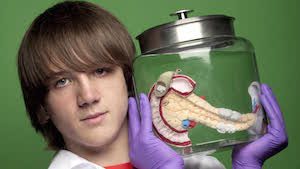
Anthony Halmon was 17 when he invented the Thermofier: a thermometer and a pacifier combined in one device which makes it easy to measure a child’s temperature. This practical invention came about because he needed to quickly and accurately determine his baby’s temperature when she was ill.
Kenneth Shinozuka at age 15 invented a “smart sock” to keep his grandfather safe. He created a wireless system that is inserted into an Alzheimer patient’s sock and alerts family members when the patient wanders away. A smartphone app (which he also designed) sets off a notification alarm.
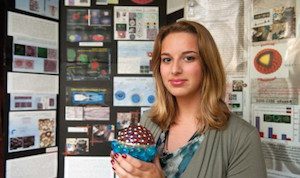
Joshua Meier at age 14 identified cells linked to the cell aging process, and which have potential for treating cancer by aging the cancer cells. He conducted ongoing medical research as the 16 year-old CEO of Provita Pharmaceuticals. Now at Harvard, he wants to continue his stem cell research to find new causes and cures for disease.
Krtin Nithiyanandam is 15 years old. At age 14 he created an antibody that can enter the brain and attach to the specific proteins that appear during the first stage of Alzheimer’s. Why? He says, “I learnt about its cruel and devastating effects . . . and nobody should have to live with this debilitating disease.”
Environmental advances:
Elif Bilgin at age 16 developed a chemical process that turns banana peels into a non-decaying bioplastic that could help replace the need for petroleum and combat pollution. Curious about environmental issues, she was especially intrigued by a new idea – bioplastic as a solution.
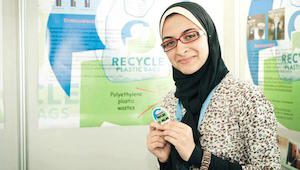
Hannah Herbst developed a low-cost method of producing energy from ocean currents when she was 15. It converts the natural movements of the ocean into useable electricity. Her nine-year old pen pal in Ethiopia had written her about conditions in her hometown where electricity is sparse and unreliable. Hannah decided to develop a solution.
Ciara Judge, Émer Hickey and Sophie Healy, all 16, discovered a process for addressing problems with low-yield crops by pairing nitrogen-fixing bacteria with cereal crops. Their test crops germinated in half the time and had a drymass yield up to 74 percent greater than usual. The teens were driven to do this project by concern over the food crisis in Africa.
Gregory Martin when 14 discovered a faster and more economical way to boost the amount of lipids in algae by over 500% . . . potentially leading to much higher biofuel yields. His work centers around his desire to help the environment by developing new solutions for problems.
Boyan Slat at age 19 developed an Ocean Cleanup Array that could remove 7,250,000 tons of plastic waste from the world’s oceans. He went on to found The Ocean Cleanup Foundation, a non-profit organization to develop his proposed technologies. Boyan became obsessed with finding a way of ridding the oceans of floating plastic when he went diving and saw more plastic bags than fish.
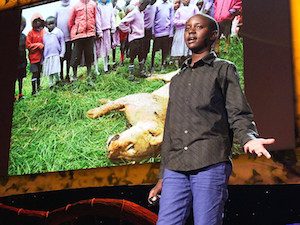
Miranda Wang and Jeanny Yao as high school seniors identified a new bacterium to biodegrade plastic — specifically by breaking down phthalates, a harmful plasticizer currently used in a wide range of products. They became interested in this problem when they learned that plastic typically breaks down only every 5,000 years and creates serious environmental hazards. Wang is currently working to find bacteria that can break down oil pollution.
Taylor Wilson at age 14 built a working fusion reactor that raised the temperature of its core to 40 times as hot as the core of the sun. He regards nuclear fusion is a solution to our future energy needs and focuses on bringing electricity and state-of-the-art healthcare to the developing world. Taylor’s interest was whetted by curiosity, a book on radioactivity that his grandmother gave him, and parents who let him indulge his passions.


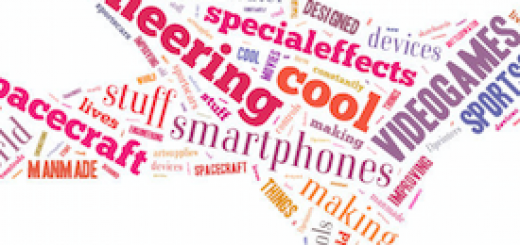



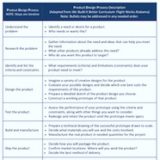
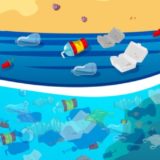
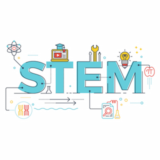
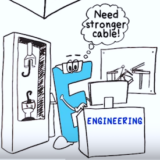
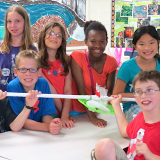

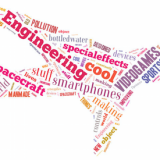
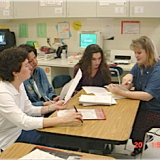

I like what the 11 year old kid did because he made a solar powered device that scared away LIONS!! And I’m like 12.
i like how the 15 year old boy made a lung!
he´s very smart!
How impressive! Thanks for this!! I will use this material to teach my grammar class and make my test! ♥ Costa Rica